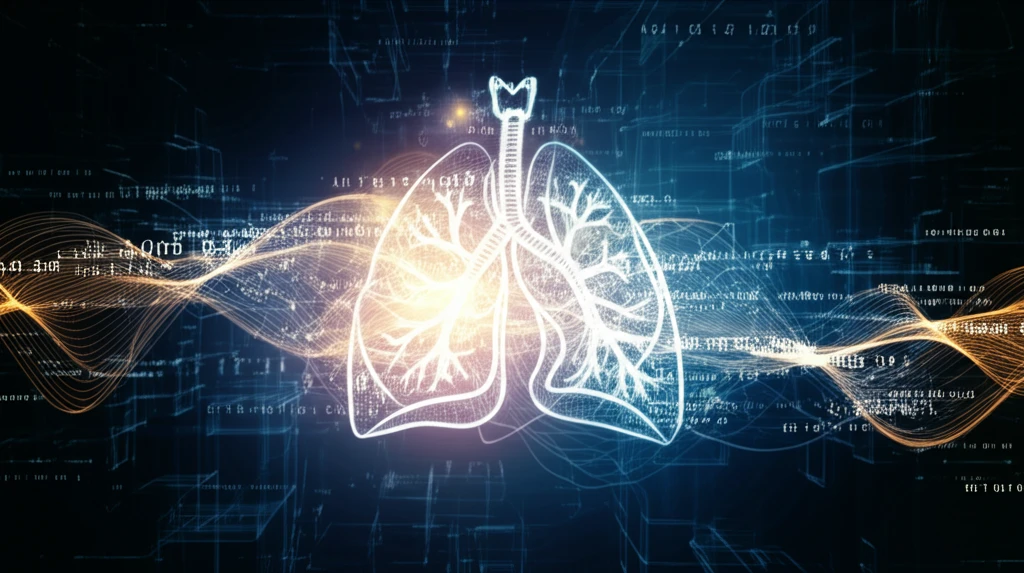
Decoding Lung Cancer: How Advanced Imaging and Algorithms Are Changing Treatment
"New research reveals how different imaging techniques and segmentation algorithms impact the accuracy and effectiveness of lung cancer diagnosis and treatment planning, offering hope for more personalized and effective care."
Lung cancer remains a significant global health challenge, necessitating continuous advancements in diagnostic and treatment strategies. Traditional methods often struggle with accurately delineating tumor boundaries and understanding the complex characteristics of cancerous tissues. However, with innovations in medical imaging and computational analysis, there's new hope for enhancing precision and personalization in lung cancer care.
The integration of advanced imaging technologies like 18F-FDG PET/CT (18-fluoro-2-deoxyglucose positron emission tomography/computed tomography) has revolutionized the ability to visualize and assess tumors. These scans provide crucial information about tumor heterogeneity, which is increasingly recognized as a key factor in predicting how a cancer will respond to treatment.
Recent research has focused on how different image segmentation algorithms affect the measurement and interpretation of PET/CT scans. These algorithms are vital for accurately outlining tumors, but the variability in their performance can impact the reliability of derived parameters used for diagnosis and prognosis. A study published in EJNMMI Research has shed light on these critical differences, offering insights that could refine clinical practices and improve patient outcomes.
The Impact of Segmentation Algorithms on Lung Cancer Diagnosis

The study published in EJNMMI Research investigated the effects of three different segmentation algorithms—freehand (FH), 40% of maximum intensity threshold (40P), and fuzzy locally adaptive Bayesian (FLAB)—on the measurement of texture parameters in non-small cell lung cancer (NSCLC) 18F-FDG PET/CT images. The goal was to compare these algorithms in terms of inter-observer reproducibility and prognostic capability. Fifty-three NSCLC patients were involved, and their scans were segmented by three expert readers using each of the algorithms.
Personalized Treatment on the Horizon
The insights from this research underscore the importance of selecting appropriate imaging and segmentation techniques to ensure reliable and reproducible results. As the field of radiomics continues to evolve, standardized methodologies will be essential for translating research findings into clinical practice. By optimizing these processes, healthcare providers can better leverage the power of advanced imaging to deliver personalized and effective lung cancer care, ultimately improving patient outcomes and quality of life. Continuous research and collaboration will pave the way for more precise and tailored approaches to combat this challenging disease.
